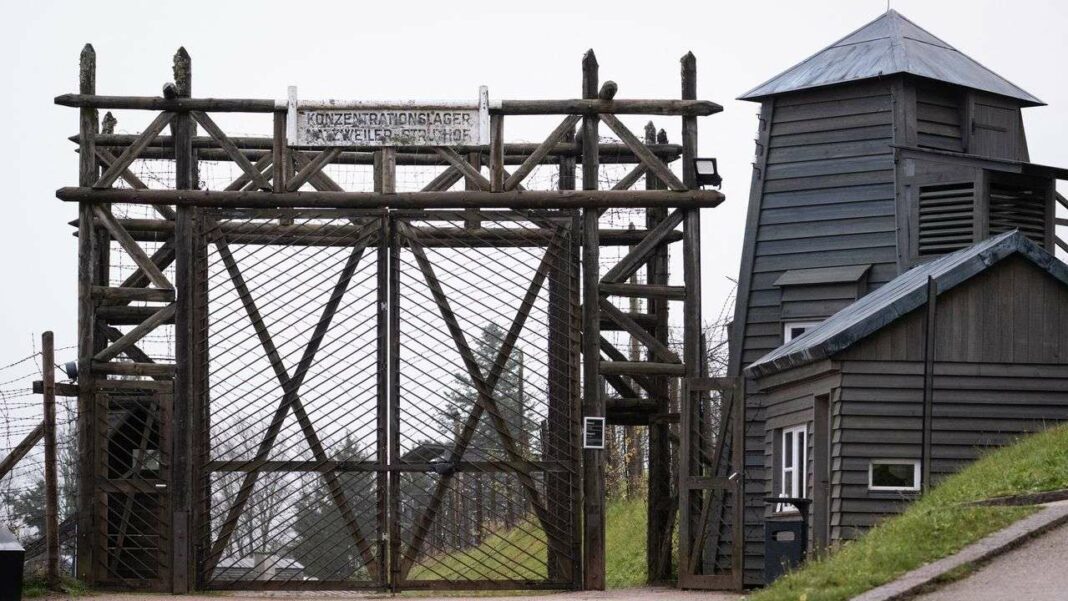On November 23, President Emmanuel Macron will visit Alsace to mark the 80th anniversary of Strasbourg’s liberation and honor the Natzweiler-Struthof concentration camp’s legacy. This camp, the only Nazi facility in France, held thousands of deportees under brutal conditions, resulting in significant loss of life. Macron’s visit includes a memorial ceremony and aims to reflect on history and its lessons, with Natzweiler-Struthof now serving as a poignant memorial site for over 200,000 annual visitors.
Commemorating the 80th Anniversary of Strasbourg’s Liberation
On November 23, President Emmanuel Macron will journey to Alsace to commemorate the 80th anniversary of Strasbourg’s liberation and to honor the legacy of the Natzweiler-Struthof concentration camp. This visit aims to connect the threads of history, remembrance, and the responsibility we hold towards future generations. The President will pay his respects at this historic site located in the village of Natzwiller, which serves as a poignant reminder of the past.
During his visit, Macron will partake in a solemn memorial ceremony that includes the rekindling of the flame of the deported, as outlined in a statement from the Élysée. He will be accompanied by a small delegation, emphasizing the visit’s respectful and dignified nature, as confirmed by the presidential palace.
The Historical Significance of Natzweiler-Struthof
Natzweiler-Struthof, the only Nazi concentration camp established on French soil, is perched at an altitude of 800 meters in the Vosges foothills. During the Nazi occupation, Alsace was effectively annexed by Germany, leading to the horrific experiences of tens of thousands of deportees. Opened in May 1941, the camp initially served to exploit a pink granite quarry and later to dismantle aircraft engines. By 1943, it became notorious for housing ‘Nacht und Nebel’ detainees—political prisoners from Western Europe who were intended to vanish without a trace.
Among the few surviving witnesses is Henri Mosson, a centenarian and former resistance fighter who was deported at the age of 100. He vividly recalls the harrowing journey to the camp, where detainees were treated with brutality. Upon arrival, they were met with chilling words from the camp commander, foreshadowing their grim fate.
Conditions in the camp were inhumane, with detainees subjected to harsh treatment, starvation, and forced labor. Among the 52,000 individuals confined there or in its annex camps, approximately 17,000 lost their lives, particularly during the death marches in the spring of 1945. This camp was notorious for its executions and medical experiments, including the horrific gassing of 86 Jews in August 1943.
Following its liberation by American soldiers on November 25, 1944, the camp continued to serve as a site for internment until 1949, when it transitioned into a memorial site honoring the victims. Today, it attracts over 200,000 visitors annually, who come to reflect on the lessons of history.
While most of the original barracks have been dismantled, their locations are marked for visitors to pay their respects. Key sites include the crematory oven, the prison, and the gas chamber, as well as the national necropolis where over a thousand deportees are interred. A striking 40-meter-high monument shaped like a flame stands in memory of those who suffered, featuring the silhouette of an emaciated deportee—an enduring symbol of remembrance.
